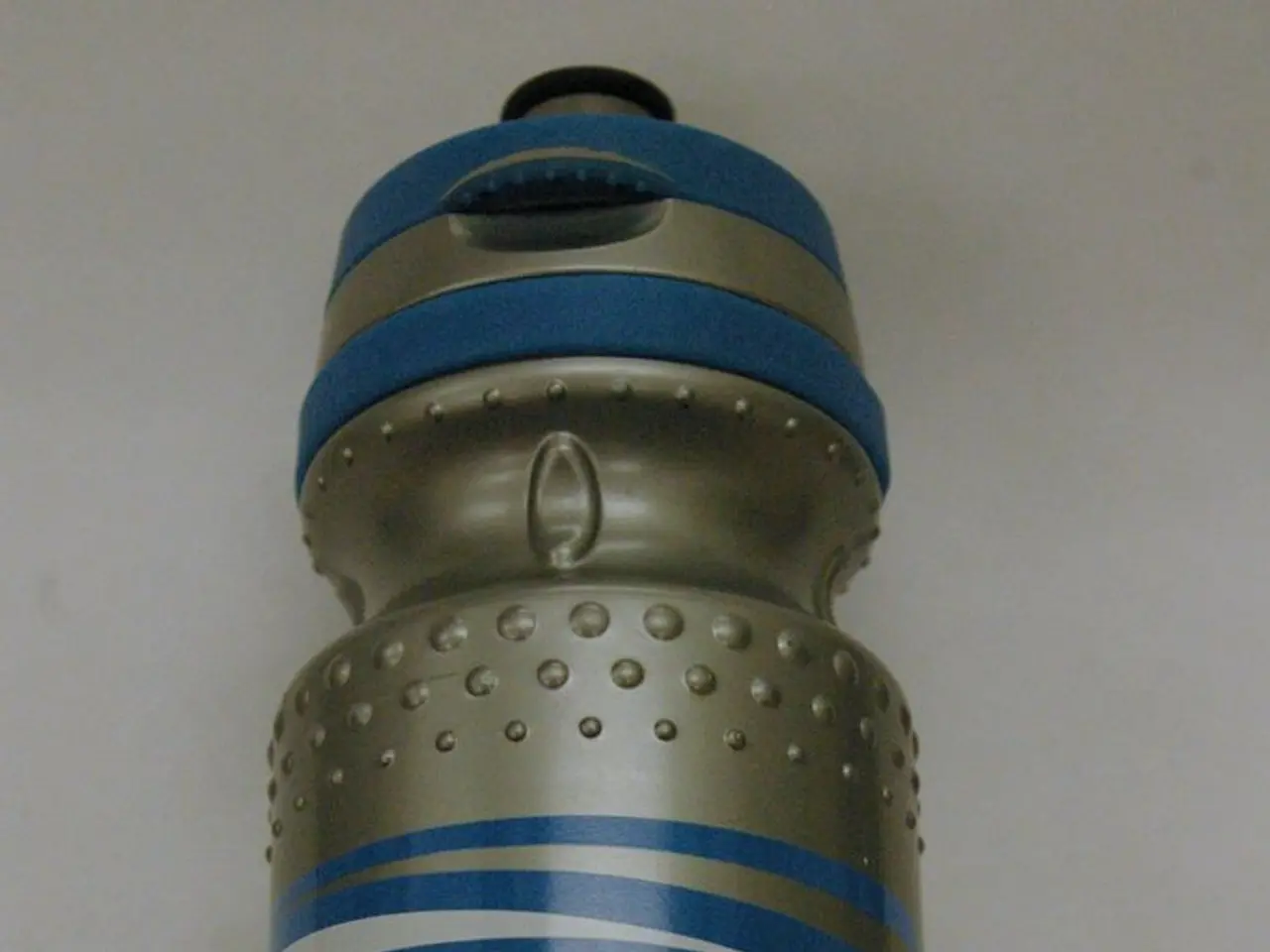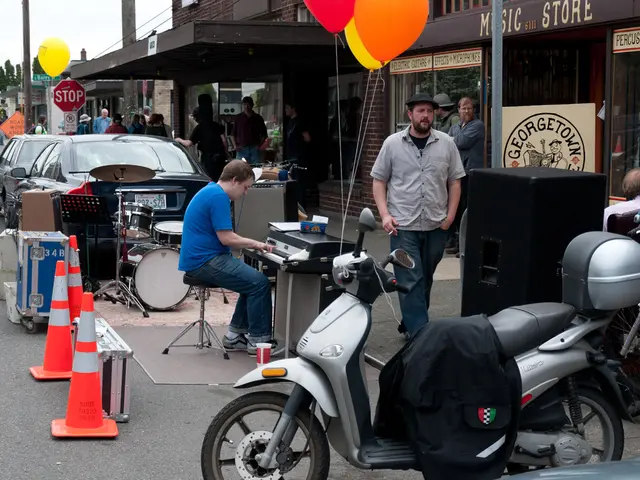Trick with Enclosing Egg Inside Bottle
Discover the fascinating world of science with the Egg in a Bottle experiment, a captivating demonstration of air pressure that's perfect for budding scientists aged 3-6. This intriguing project, which can also serve as a science fair project, requires a hard-boiled egg, a glass bottle (or heat-safe plastic bottle), matches or a lighter, and strips of paper.
The experiment begins by lighting a small strip of paper and dropping it inside the bottle. The bottle's mouth is then covered with the wider end of the egg, and as the air inside the bottle heats up and expands, some air is pushed out. When the flame goes out, the air cools and contracts, lowering the internal pressure and creating a partial vacuum. The higher external atmospheric pressure then pushes the egg into the bottle to equalize the pressure difference.
For a more scientific approach, this experiment can be modified in various ways. For instance, you could investigate the effect of water temperature by placing the bottle in hot or cold water to see how that changes how easily the egg is pushed in. Alternatively, you could use different bottle neck sizes or different eggs to see how size impacts the results. Measuring the time it takes for the egg to be pulled in under various conditions, such as ambient temperature or different paper strip sizes, can also provide valuable quantitative observations.
To delve deeper into the physics principles involved, you could use diagrams and pressure sensors if available. Comparing results using sealed versus unsealed egg placement can help test the importance of the airtight seal.
Glass bottles are preferred, but heat-safe plastic bottles can also be used, provided they are tested for safety first. The egg in a bottle experiment not only demonstrates a key property of air pressure – air always moves from an area of high pressure to an area of low pressure until the pressures are balanced – but also how air molecules behave when heated and cooled.
This experiment opens up a world of possibilities for further investigation. Key science fair questions include whether other objects like a small balloon or a ping-pong ball can be used instead of an egg, how the size of the bottle's opening affects the result, and what happens if the egg is larger or smaller.
Related science experiments, such as the Balloon Rocket, Balloon in a Jar Experiment, Rising Water Experiment, Tea Bag Rocket (Thermal Expansion), Can Crusher Experiment, Hot and Cold Air Balloon Experiment, Make a Bottle Rocket, and Potato Straw Experiment, can further enhance your understanding of air pressure and its effects.
So, gather your supplies and get ready to witness the magical moment when an egg mysteriously disappears into a bottle – all thanks to the wonders of air pressure!
Sources: Little Bins for Little Hands, accompanying Instagram and YouTube explanations confirm the mechanism of air pressure and the partial vacuum effect.
[1] Little Bins for Little Hands. (n.d.). Egg in a Bottle. Retrieved from https://littlebinsforeittlehands.com/egg-in-a-bottle/ [3] Little Bins for Little Hands. (n.d.). Egg in a Bottle – YouTube. Retrieved from https://www.youtube.com/watch?v=6bLgv13J-8w [4] Little Bins for Little Hands. (n.d.). Egg in a Bottle – Instagram. Retrieved from https://www.instagram.com/p/BbqK3-5g7wM/ [5] Little Bins for Little Hands. (n.d.). Egg in a Bottle – Instagram. Retrieved from https://www.instagram.com/p/BbqK3-5g7wM/
- Kids can engage in fun and educational activities like the Egg in a Bottle experiment, which is suitable for children aged 3-6 and teaches them about air pressure.
- To deepen their understanding, kids can modify the Egg in a Bottle experiment by investigating the effects of water temperature, bottle sizes, or egg sizes on the results.
- The Egg in a Bottle experiment, also a potential science fair project, illustrates the principles of physics, specifically how air behaves when heated and cooled.
- For a more scientific approach, kids can use diagrams, pressure sensors, or test different materials for their experiments in the field of health-and-wellness, fitness-and-exercise, and education-and-self-development.
- The Balloon Rocket, Balloon in a Jar Experiment, Rising Water Experiment, Tea Bag Rocket, Can Crusher Experiment, Hot and Cold Air Balloon Experiment, Make a Bottle Rocket, and Potato Straw Experiment are related science projects that further explore the concepts of air pressure and its effects.
- The Egg in a Bottle demonstration showcases the key property of air pressure: air always moves from an area of high pressure to an area of low pressure until the pressures are balanced.
- To perform the Egg in a Bottle experiment, kids will need a hard-boiled egg, a glass or heat-safe plastic bottle, matches or a lighter, and strips of paper.
- While glass bottles are preferred, heat-safe plastic bottles can be used if they have been safety-tested beforehand.
- After completing the Egg in a Bottle experiment, kids can document their findings to support their ongoing lifelong learning and enhance their understanding of science.
- With a keen interest in science and the Egg in a Bottle experiment, kids can discover the fascinating world of Earth, space, art, physics, chemistry, biology, and weather, fostering a passion for learning and a better understanding of the world around them.




